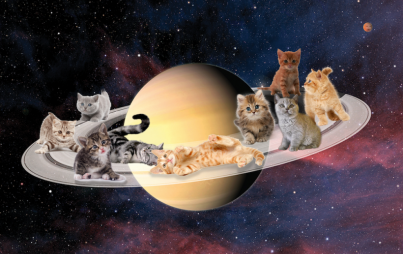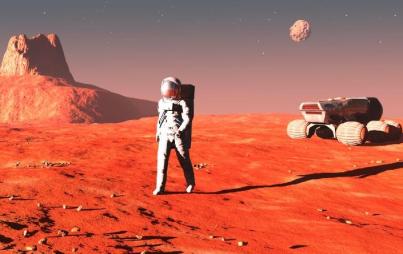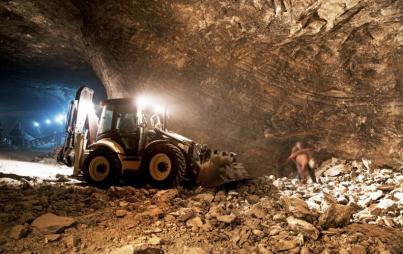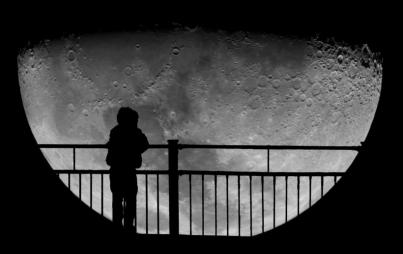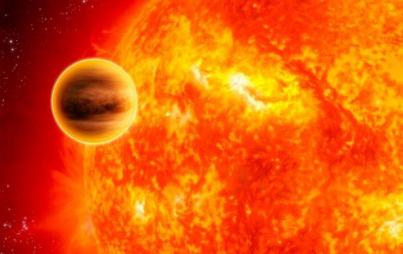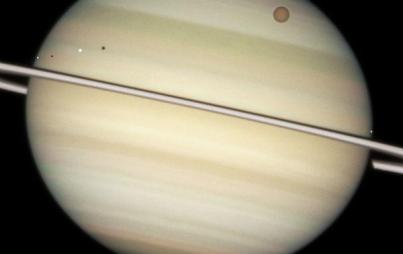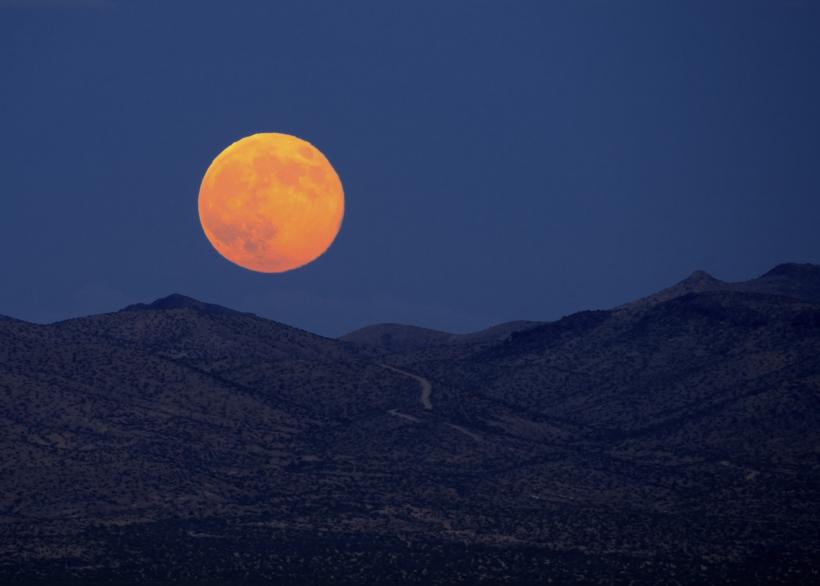
Thinkstock
The moon is a coy little minx, slipping in and out shadows as it traverses its orbit, granting us the occasional sliver and sometimes orb. While the moon is responsible for the earthly phenomenon of ocean tides, it's also inspired centuries of stories—from lunacy and werewolf-ness to serving as the potent symbol of female power (our menstrual cycles of course). But sometimes the finest interaction we can have with it comes by staring up at its crater-ed majesty.
First things first. I hate to break it to ya but those solar systems we all built in fifth grade weren't, shall we say, the most accurate representation of our immediate universe. (Pluto isn't even a goddamn planet anymore!)
But I digress.
It turns out that the moon's orbit is actually egg-shaped, so its distance from Earth—and thus its visibility—is always changing. At the nearest point along its oblong journey—known as its perigee—the moon may be 26,000 miles closer to us than at its furthest point from our war-torn water planet.
When the moon hits its perigee at the same time that it lies directly across from the sun, we humanly peons are delighted by the vista of a "supermoon," a full moon that seems, well, huge. (As much as 30% brighter and 12% bigger.) While they're not super-rare—rearing their celestial crater-faces about once a year—all this lunar looming reminds us how very unique our moon is . . . and how much we've still got to learn.
In Space, No One Can Hear You Scream . . . Or Shiver
According to data from NASA’s Lunar Reconnaissance Orbiter, a multi-instrument spacecraft "focused on supporting the extension of human presence in the solar system," which has been plying our moon for interplanetary information for the past six years, researchers have made some chilling discoveries.
The moon, like the menstrual cycle-fueled psychopathy it's responsible for, is apparently one big ball of thermal erratic-ness, boasting blistering heat as well as sub-Plutonic cold. In fact, it's believed that these pockets of frigidity may be some of the coldest in our entire solar system.
David A. Paige, professor of planetary science at the University of California in L.A., explained to the New York Times that some of the moon's craters haven't seen solar light in a few billion years; temperatures were recorded 30 degrees Celsius above absolute zero.
And that ain't all.
Another interplanetary-fixed gent, Andrew Jordan, who works for CRaTER, the inter-disciplinary staff of NASA's LRO contraption, also explained the the dueling presence of these extreme temperatures could be the reason behind the "foamy" soil recently discovered on the lunar surface. It's believed that charged particles from the sun are being intermittently trapped throughout different depths within the freezing surface of the moon, which form electric fields. Eventually these fields gather up enough energy to start emitting sparks, which in turn are thought to be vaporizing soil.
Oh, and creating tiny bolts of silent lightening that traipse across the lunar landscape.
A Sordid Past
While scientists purport that most moons were yanked into a planet's orbit while minding their own business, or forged from a starter kit of rock and dust, the moon's history is a bit more barbarous.
The prevailing theory is this: Just a little over 4.5 billion years ago, Earth formed into a trusty sphere crafted from circumsolar whatnot and was subsequently slammed by another Mars-sized, fledgling planet, dubbed Theia. While this mysterious—and clearly aggressive—neo-planet was demolished upon impact, the force that this collision spewed into the atmosphere eventually became the moon.
Well that's all well and good—especially because the moon's chemical make-up matches much of Earth's—but up until very recently, we didn't have stone-cold proof that this neo-planet ever existed. If the moon was indeed (at least in part) forged from an additional planet other than our precious Earth, where the hell was the evidence?
Then geochemist Daniel Herwartz stepped onto the scene this summer, insisting he and his colleagues had detected isotopic ratios of oxygen in lunar rocks that were decidedly unlike the forms of oxygen we have on Earth. The plot thickened. Herwartz begged NASA to release an "aspirin-size" sample of "Apollo rock" for them to study . . . and eureka! There it was.
Theia had left her isotopic oxygen thumbprint behind.
So what are you waiting for? Get to a telescope pronto . . . this is a moon that's not to be missed.

